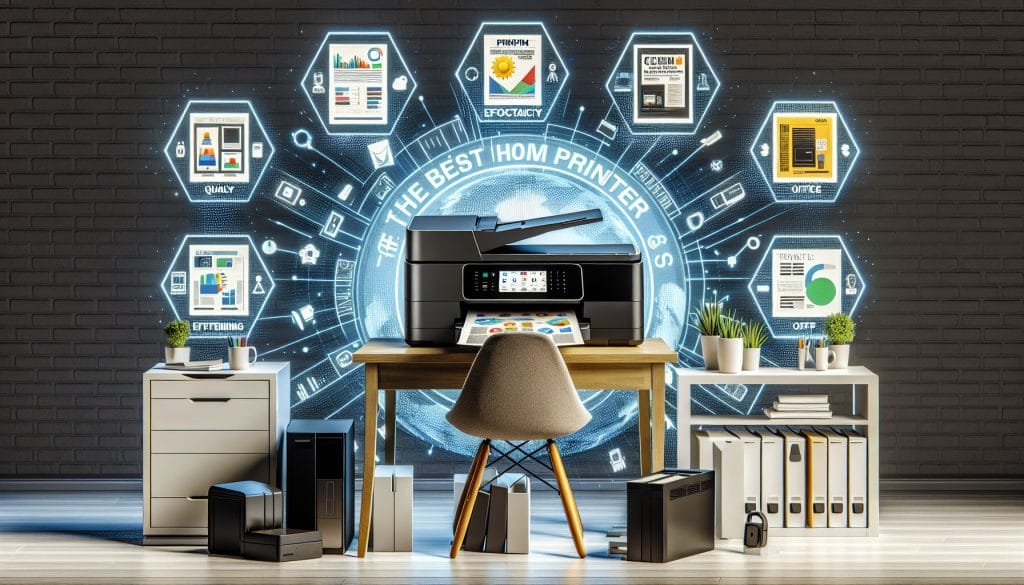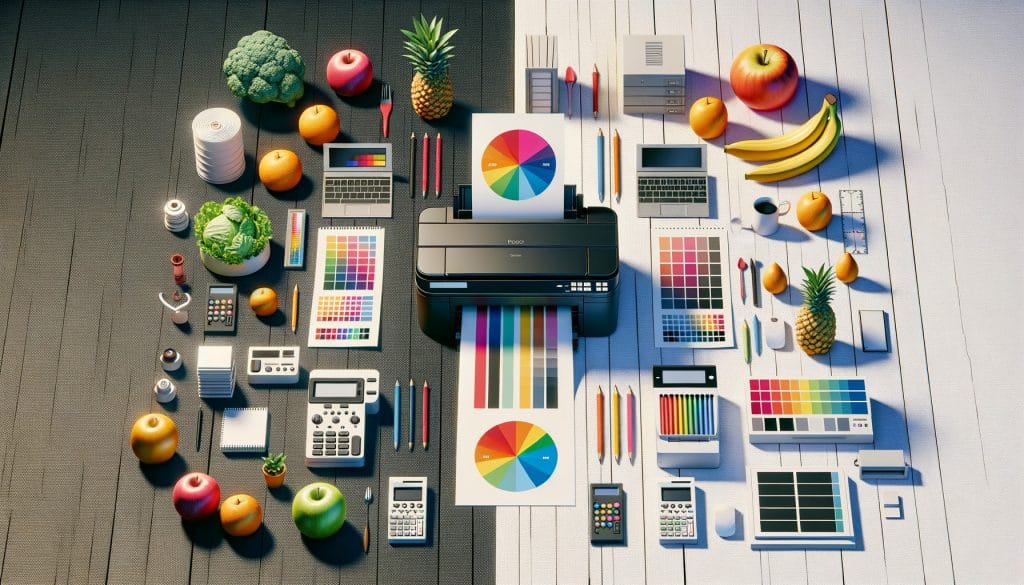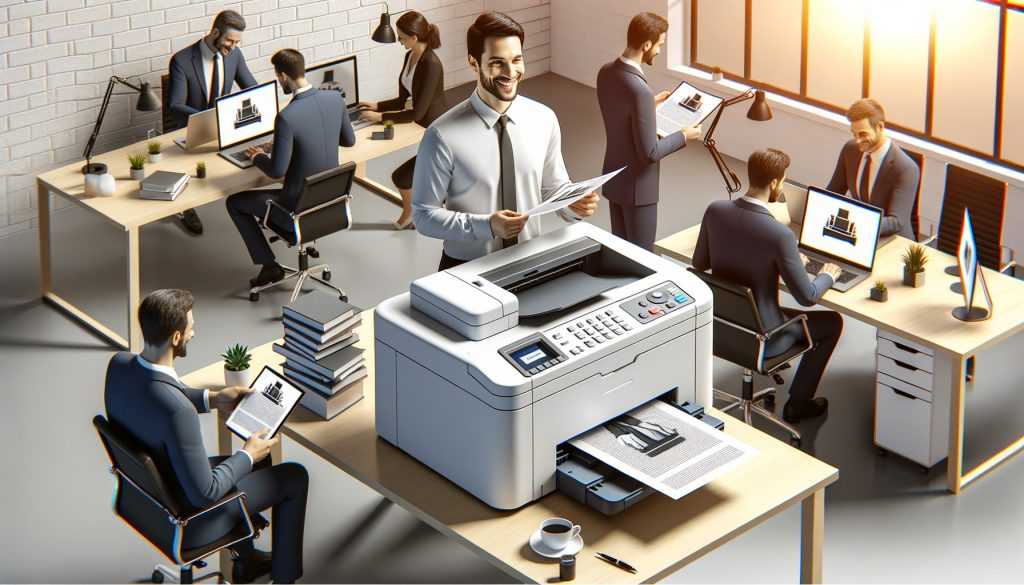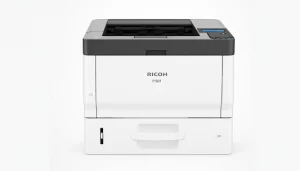The Art of Printer Selection: Strategies to Optimize Your Business Needs
Printer selection is a crucial issue for many companies. Making the right decision can have a significant impact on cost efficiency, productivity and overall employee satisfaction. When selecting printers in your company, there are several factors to consider. In this article, we will discuss various printer selection strategies to ensure that your choice meets the specific needs of your business.
1. Needs analysis: Determine your printing requirements
Before selecting a printer, it is important to conduct a thorough needs analysis. The following questions should help you clearly define your requirements:
- How many documents are produced each month?
- What type of documents (black and white, color, high quality prints) are required?
- Are the printing done internally or are external service providers used?
Answering these questions will help you get a clear idea of your printing needs. For example, companies that frequently print color marketing materials should invest in a color printer that offers high quality.
2. Cost analysis: investment and operating costs
The functionality of a printer goes beyond the purchase price. The total cost of ownership, including consumables and maintenance, plays a significant role in printer selection strategies. Consider the following aspects:
- purchase price of the printer
- Price for toner or ink (e.g. Original Ricoh D029-3221)
- maintenance costs and technical support
A high-quality printer may be more expensive to purchase, but may be more cost-effective in the long run if it uses less ink and requires less maintenance.
3. Technology integration: networking and compatibility
Today's printing technology allows printers to be seamlessly integrated into existing IT systems. Make sure that the printer you choose:
- Compatible with your computers and mobile devices
- Network printing supported (WLAN, Ethernet)
- Has cloud printing functionality
A future-proof investment requires that you consider technology trends. The software solution you use to manage print jobs should also be compatible with the new printer.
4. Ease of use and training
The ease of use of a printer can have a significant impact on the efficiency of your business. To ensure this, you should consider the following points:
- How intuitive is the user interface?
- What training is necessary for employees?
- Are there technical support services that can help with problems?


A printer that is easy to use reduces training time and minimizes potential printing errors.
5. Environmental impacts and sustainability
Another important aspect of the printer selection strategies is the environmental impact of the printers. Consider printers that:
- Energy efficient are
- Produced with recycled material
- Offer recycling programs for toner and printers
By choosing sustainable options, you are contributing to environmental protection and presenting your company as environmentally conscious.
6. Case Studies: Successful Printer Selection in Companies
The implementation of a well thought-out printer selection strategies can be better understood by looking at real-world examples. A mid-sized company that switched its printers to multifunction devices was not only able to reduce printing costs by 30%, but also optimized office space by reducing the volume of devices needed. These strategies provide both financial and operational benefits.
7. Market analysis: The best printer models on the market
When you look at the options on the market, you will find a variety of excellent models. Reputable manufacturers include:
- HP
- Canon
- Ricoh
- Epson
A specific example is the Original Ricoh Toner MP-C3502 Yellow, which ensures high print quality in color and black and white prints. It is important to compare different models in order to make the right choice. Online reviews and comparison portals also give you valuable insight into the advantages and disadvantages of each device.
8. Long-term considerations: technological developments and trends
The printing market is constantly evolving. Stay up to date with the latest trends to ensure your investment remains relevant in the future. Some of the emerging trends include:
- printing solutions based on the blockchain
- Integration of artificial intelligence for improved print quality
- Growing importance of mobile printing technology
By understanding these trends, companies can proactively adapt their printing strategies and align printer choices with future needs.
9. Conclusion and final thoughts on printer selection
In summary, it can be said that the printer selection strategies require precise planning and consideration of various factors. By conducting a needs analysis, integrating costs into food costs, technology innovation, ensuring user-friendliness and considering sustainability factors, you can make an informed decision. Every company needs a customized solution that meets its specific needs and will last into the future.














